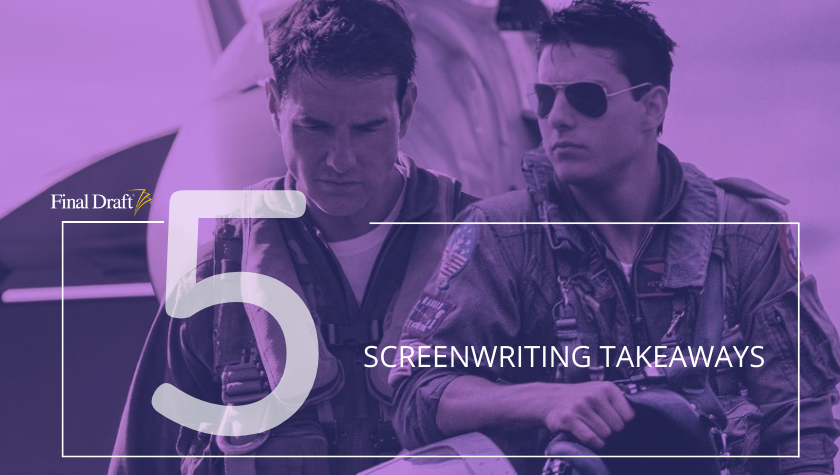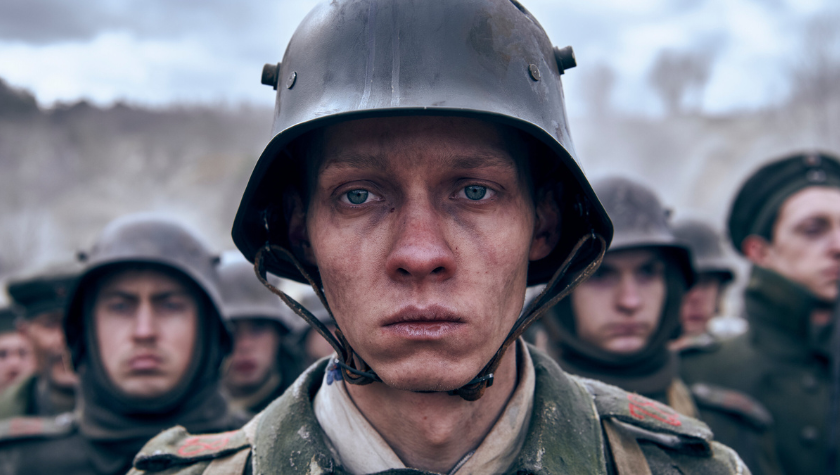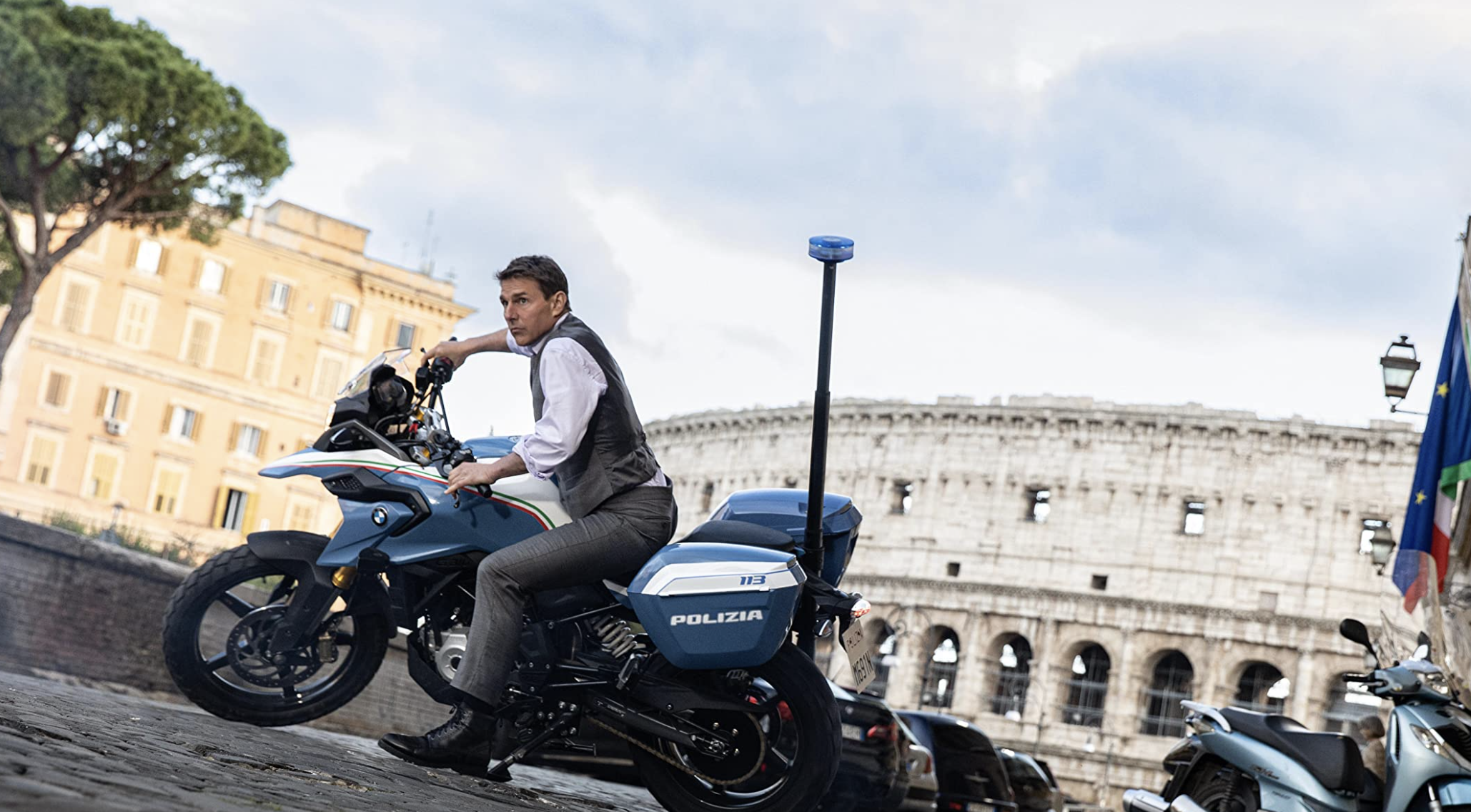5 Screenwriting Takeaways: How ‘Wolf Hound’ finds a unique angle in the WWII genre
June 17, 2022
Every year, dozens of war-inspired movies hit the theaters and streamers. Some focus on battles like Midway, others look into real-life struggles of a soldier’s life such as Dog, and there are those that take a peek behind the scenes of the conflict like in Operation Mincemeat. Some are more based on reality than others. Almost every major conflict has several movies that take a closer look at combat and/or the impact it has on an individual or society.
Wolf Hound, written by Timothy Ritchey and directed by Michael B. Chait, is one of the latest World War II films to hit theaters and streamers. The story is inspired by a program the Nazis implemented designed to capture and repair Allied aircraft with the goal of flying them back undercover and bombing Allied cities. This film follows a Jewish-American fighter pilot shot down, along with the B-17 he was escorting, and his daring escape from the enemy.
Here are 5 takeaways from Wolf Hound that screenwriters can apply to their own writing.
1. Finding a unique angle
World War II movies have been produced since before the United States entered the conflict in 1941 (the war had been gearing up in Europe, Asia, and Africa since the early 1930s). With 80+ years of movies surrounding this global conflict, how many more stories are there to tell? How many more angles are there?
It’s never-ending. Every soldier, civilian, and government employee has a story. For example, looking at the angle of breaking codes, there is U-571, Enigma, Windtalkers, The Imitation Game, and plenty more. What makes Wolf Hound unique is it tells a fictional story inspired by a KG 200, the German program that almost succeeded. The movie opens with on-screen text explaining the program leading to a tense opening scene when Royal Air Force fighters approach the B-17 and its two escort fighters. The audience knows that these could be the enemy - what builds the tension is that we know that the characters don’t know that.
2. Two stories destined to converge
Wolf Hound focuses on two stories happening simultaneously. After the first scene of the movie, the remaining crew members of the downed B-17 bomber are captured and held at a German base where the Nazis are fixing up the bomber and getting ready to complete their mission. The captured crew members are being held along with a British pilot, a French resistance fighter and two other American soldiers. Their goal is to escape.
The other story follows downed pilot Captain David Holden (James Maslow) who is being hunted through the forest by Nazi Major Erich Roth (Trevor Donovan), who had also crashed his stolen RAF fighter and other Nazi soldiers.
These stories are destined to come together. But how do the filmmakers pull it off? You can see how the stories play out in their own ways until the fateful convergence happens. Both stories also have specific points and goals with the characters in conflict with the enemy, themselves, or aspects of nature.
3. A lot of Story with a few locations
When it comes to independent moviemaking, especially one reliant on special effects and aerial sequences, it’s critical to keep the locations to a minimum. In Wolf Hound, you can see how the filmmakers manipulated the story to maximize the locations available.
A large portion of the film takes place in just a few locations:
The bomber/fighter sequences at the beginning and end of the movie are mostly inside close-ups inside the aircraft or exterior aerial shots.
Holden evades his enemies is in a dense forest, which can look different just a few feet in either direction.
The interior and exterior of the base where the crew is held up and the bomber is being repaired are where half the movie takes place.
If you're creating an independent film, the number of locations is key to keeping costs down.
4. Adding conflict among characters
Throw a group of people together into a room and there are bound to be some differences. In Wolf Hound, there is a group of captured characters situated inside a room. It’s a mixed bag of people with different cultures and attitudes. How does the female resistance fighter react to the chauvinist crew members? What conflicts arise between Black soldiers and white soldiers?
Sure, it’s bad enough that the enemy has locked up this group of people, however, there must be tension amongst the characters or it makes no sense to have them in the first place – every character needs a reason to exist. They don’t all have to be at odds with each other; in Saving Private Ryan, the group of men heading through France to locate Ryan all had distinct voices and backstories that crescendo to occasional verbal or physical blows, but it was how they overcame these differences that helped drive the story.
5. The final showdown
The climax of the film comes when the captured soldiers and the fallen pilot face their adversaries. This is where the hero rises and shows their capability in defeating the enemy that always seems to best them. For the captured crew, they must find a way to escape and confront their captors. This leads to an epic battle sequence in which the heroes are severely outnumbered.
In the air, it’s a rematch between Holden and Roth. Holden is the inferior fighter and therefore must rise to the occasion to defeat his enemy and prevent the stolen bomber from reaching the United Kingdom.
These set pieces are expected and must live up to the hype set forth from the beginning of the movie. Films from Rocky to Die Hard to Top Gun: Maverick bring together the protagonist and antagonist to see which one bests their enemy. The tension in this final showdown, in which the audience expects the hero to win, must leave doubt that they won’t.
Writers can see how the hero must constantly lose while figuring out how to outsmart their enemy. It’s the consistent knockdown that makes the audience cheer when they finally rise.
Written by: Steven Hartman
Steven Hartman is an award-winning, optioned screenwriter. He was a Top 5 Finalist in Big Break’s Historical Category in 2019 and won Best Action/Adventure in Script Summit’s Screenplay Competition in 2021. He holds a Bachelor of Arts degree from Columbia College and had internships at Jerry Bruckheimer Films and Village Roadshow Pictures. Steve is a full-time writer and creative video producer by day and a screenwriter and novelist by night.



